Discover Iran;
Why should you definitely travel to Khuzestan in Iran?
-

The ancient site of Susa
Pars Today - Khuzestan province in southwestern Iran, with its ancient history, rich culture, and archaeological sites, is an attractive destination for tourists.
Khuzestan province in Iran is bordered by the Persian Gulf to the south, Iraq to the west, Lorestan and Ilam provinces to the north, and Chaharmahal and Bakhtiari and Kohgiluyeh and Boyer-Ahmad provinces to the east. The capital of this province is the city of Ahvaz. In this article from Pars Today, a look has been taken at the tourist attractions of Khuzestan province in Iran, and the reasons for traveling there.
History
Khuzestan is one of the oldest regions in Iran, with its history of settlement dating back to the 5th millennium BCE. In ancient times, this region was known as the center of the Elamite civilization, and the city of Susa, the capital of this civilization, was located in Khuzestan. In the Dehkhoda Dictionary, Khuzestan means a province rich in sugar. Vladimir Fyodorovich Minorsky, a Russian orientalist and Iranologist, also believes the name Khuzestan originated from the Khozi people, who are descendants of the Elamites.
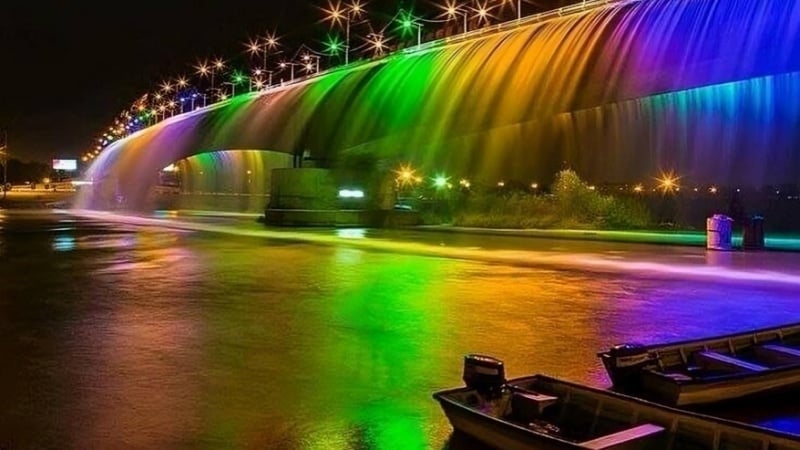
A blend of history, nature, and culture
Khuzestan is a destination where history, nature, and culture are intertwined. Khuzestan province is considered one of Iran's warm regions and boasts a rich historical past. This beautiful and popular province is among the first areas that led to the emergence of civilization in the world.

Chogha Zanbil Ziggurat
Khuzestan is home to one of Iran's most significant ancient sites, Chogha Zanbil, which is also a UNESCO World Heritage site. This ancient ziggurat, dating back over 3,000 years, is located in Khuzestan, near Susa. Chogha Zanbil, meaning "basket-shaped hill", is considered one of the largest ziggurats in the world and was built for the worship of gods during the Elamite period. Its tall and massive tower stands amidst deserts and palm groves, and its unique and spiritual environment gives visitors an extraordinary feeling. A visit to the Chogha Zanbil ziggurat in Khuzestan takes tourists on a journey through history.
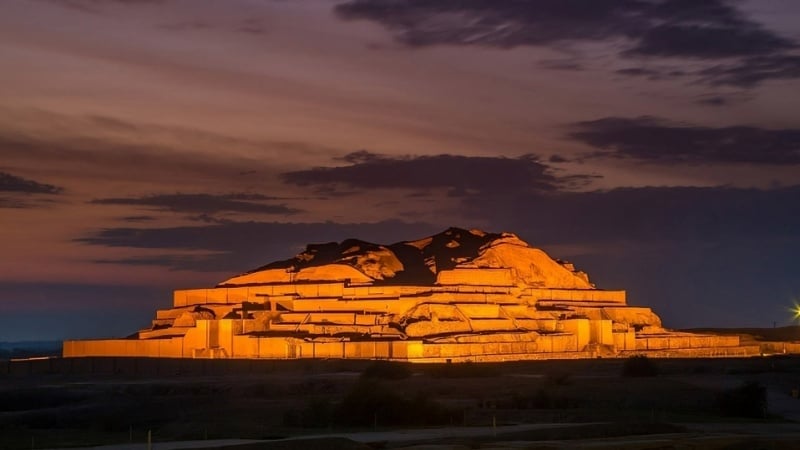
Shushtar Historical Hydraulic System
The Shushtar Historical Hydraulic System in Khuzestan Province is a unique collection of irrigation systems and watermills dating back to the Sassanid era (224 to 651 AD). This historical complex includes canals, bridges, watermills, and artificial waterfalls that are still operational after thousands of years. These structures are astonishing and unparalleled due to their ingenious design in utilizing water for agriculture and daily life. Located within the natural landscape of Khuzestan, visiting this attraction offers not only an insight into the history of Iranian engineering but also an opportunity to enjoy the beautiful surrounding scenery. The Shushtar Historical Hydraulic System is another work that was registered as a UNESCO World Heritage site in 2009.
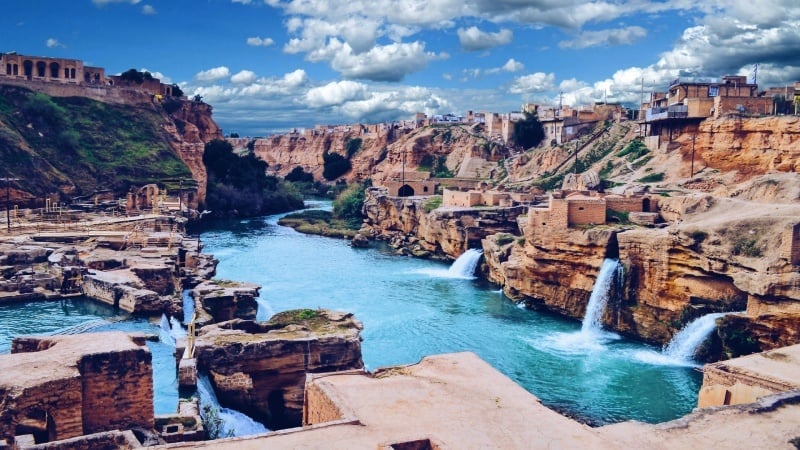
The Tomb of Daniel
The Tomb of Daniel the Prophet, one of the prophets of the Children of Israel, located in the city of Susa, is another historical site in Khuzestan Province, Iran, registered as a UNESCO World Heritage site. The beautiful and unique decorations and tilework of this structure attract many foreign tourists, in addition to Iranians, to visit this historical place during their travels. Upon visiting this tomb, its ten-meter minarets are the first thing that catches the attention of tourists.
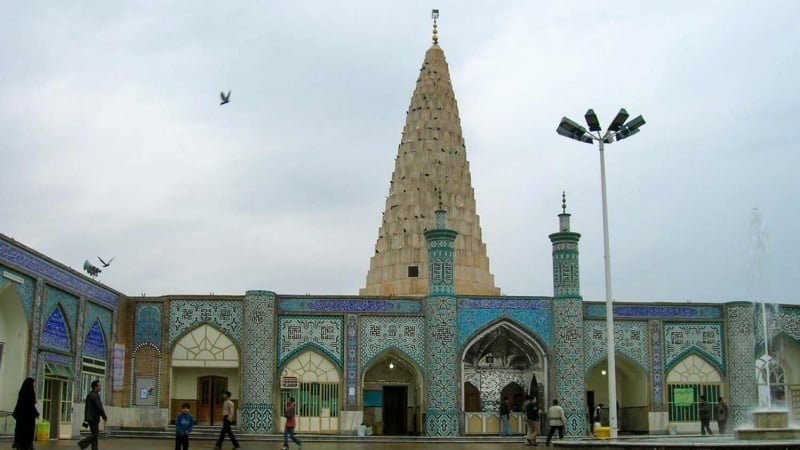
Ancient site of Susa
The ancient site of Susa, one of the oldest settlements in Iran and the world, is located in Khuzestan Province. This city dates back to approximately 4000 BCE, although there is evidence of habitation in the area as early as 7000 BCE. This ancient site, covering an area of nearly 400 hectares, is situated between the Karkheh and Dez rivers.
The ancient site of Susa includes a variety of buildings and structures from different historical periods, spanning from prehistory to the Islamic era. Among these notable remnants are the Apadana Palace, the Shavoor’s Palace, the Eastern Gate, Hadish, the Fifteenth City, the Achaemenid Village, the Grand Mosque of Susa, a complex of Islamic-era buildings, the Acropolis mounds, and the French Castle.
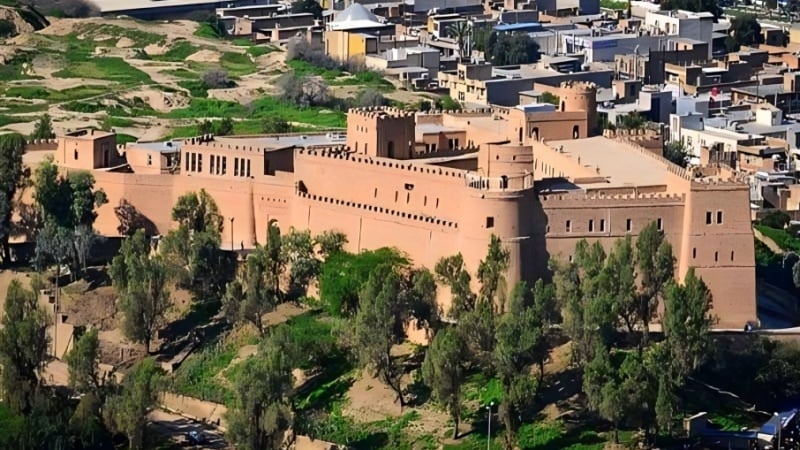
The Hur al-Azim Wetland
The Hur al-Azim Wetland, also known as Hoor-Ul-Huwaizeh, on the border of Iran and Iraq, is one of the largest wetlands in Iran and a major habitat for many migratory birds. Hur al-Azim in Khuzestan is especially vibrant and full of life during spring and autumn. Visitors can explore the heart of this wetland in small boats and enjoy its unique and calming scenery. The mild weather and humidity of the region, along with dense plants and trees, add a special beauty to the wetland. The Hur al-Azim Wetland, designated as a national park, is an excellent destination for both nature enthusiasts and professional photographers.

The Brazil of Iran
The city of Abadan, known as the Brazil of Iran, is one of the central cities in Khuzestan Province. This city, spanning over 12,000 square kilometers, is located on the southern slopes of the Zagros Mountains. Abadan, with its very ancient history, held particular importance in the past and was considered a center for trade and exchanges with other cities and surrounding countries.
The people of Abadan have a special passion for football, and they call their city the "Brazil of Iran". The uniform of their city's team, named Sanat Naft Abadan, is yellow, just like the Brazilian national football team, and the team's fans go to the stadium with Brazilian flags to cheer on their team.

AE/ME


